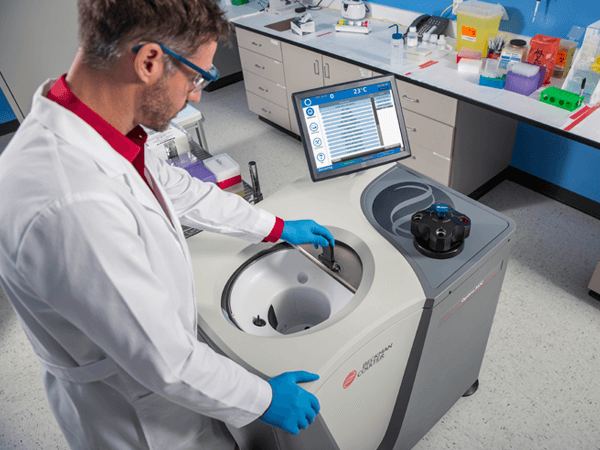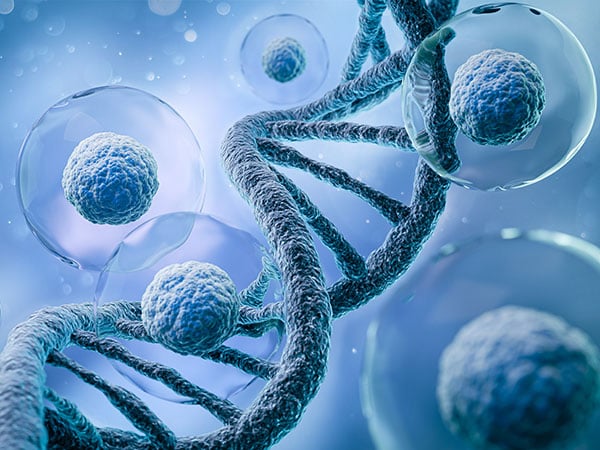The Development of the Optima AUC - A Journey From 1923 to Today
The first analytical ultracentrifuge (AUC) was developed by Théodor Svedberg in 1923, enabling the accurate determination of molecular weights and offering profound insights into the sedimentation behavior of macromolecules. Since this pivotal development, several AUC models have been introduced, each time incorporating innovations that have allowed AUC to remain at the forefront of scientific discovery and continue to evolve and enhance research across various fields.
In 1947, the first commercially available AUC, the Model E, was introduced, resulting in AUC experiencing its first “boom time” between the 1950s and 1970s. However, due to the complex and time-consuming manual analysis and emerging technologies in the 1980s, the popularity of AUC began to decline. This trend reversed with the release of the Proteomelab XL-A and XL-I from Beckman Instruments in 1992 and 1996, respectively. These AUCs were compact and easy to operate; they allowed for computerized data acquisition, rotor speed, and temperature regulation.
Further advancements came in the 21st century, including Ole Albert Lamm's application of the Lamm equation to analyze sedimentation velocity data, allowing researchers to learn even more about their sample in shorter experiments. In 2017, Beckman Coulter released the Optima AUC, further enhancing AUCs' capabilities and ease of use. Key improvements include the ability to perform multiwavelength experiments which enables precise analysis of complex systems, temperature control between 4-40°C, remote monitoring capabilities that allow set up, monitoring, and extraction of data from virtually any location, and increased scan speeds.
These advancements have enabled AUC to thrive in the characterization of proteins, biopharmaceuticals, interaction studies, and AAVs while also expanding into new research areas, such as the characterization of nanoparticles for therapeutic applications.
Beckman Coulter Life Sciences, the global leader in modern AUC technology, presents a comprehensive history of analytical ultracentrifugation and the developments that led to the Optima AUC, from its inception in 1923 to the innovations of the present day focusing on the achievements of each decade.
Explore Milestones in Analytical Ultracentrifugation
For Research Use Only. Not for use in diagnostic procedures.
Related Content
Talk to an Expert on Analytical Ultracentrifugation
We are here to help, please reach out anytime





